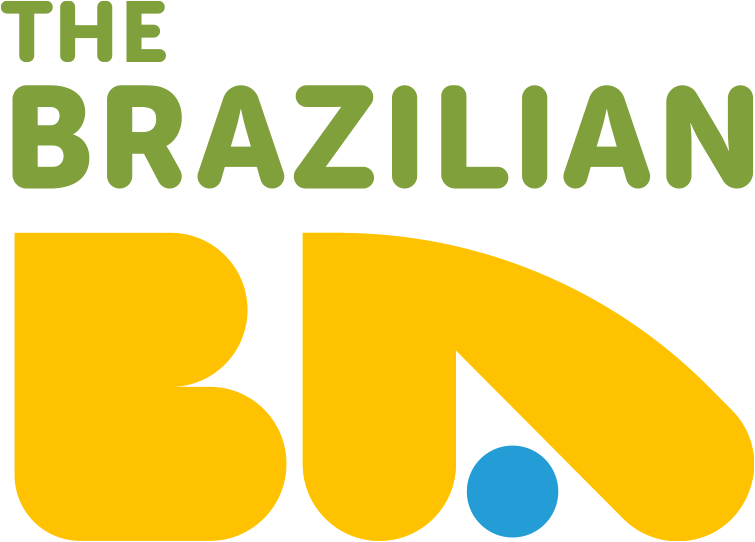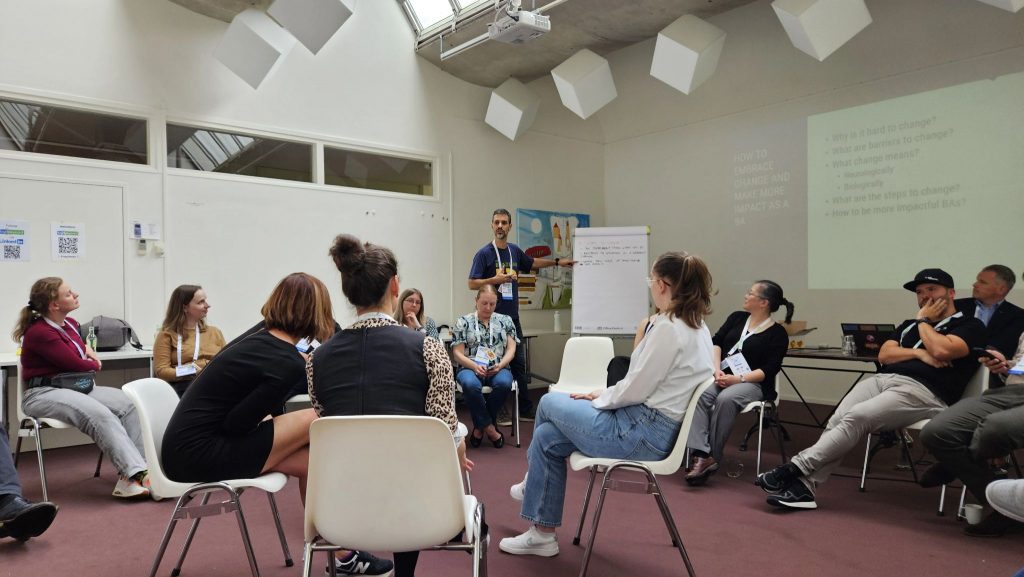
At the recent BA&Beyond conference in Amsterdam, I had the opportunity to facilitate a FishBowl session titled “How to Embrace Change and Make More Impact as a BA.” Originally planned as a presentation by Aseema Mishra, I stepped in to guide the discussion when she could not attend. The session was an engaging and collaborative experience that shed light on the challenges and strategies for change management, particularly for Business Analysts (BAs).
The FishBowl Format

The FishBowl format proved to be an effective approach for managing a large group discussion. Four chairs were arranged in an inner circle, with the rest of the participants seated in an outer circle. Three people occupied the inner circle chairs at any given time, leaving one empty. This setup encouraged dynamic participation: if someone from the outer circle chose to sit in the empty chair, one of the inner circle participants had to vacate their seat. This ensured a continuous flow of fresh perspectives and kept the conversation lively and inclusive.
What is Change?
The group discussed the nature of change itself.
- Doing Things Differently: Change involves adopting new behaviors and responses. Challenging established paths can lead to innovation. When you do something repeatedly, as a process, it usually follows a standard way of doing it. Process change is a new way to do the thing you do. Even if it is not a formally defined process, but a cultural habit, breaking pre-defined paths ways requires changes.
- Learning New Ways: Change requires continuous learning and adaptation. One point that the group emphasized is that change just happens when it is put into action. If you redesign a process but keep doing it the way it was before, change hasn’t happened yet.
- Dynamic Knowledge Management: Managing knowledge dynamically is crucial. As business processes, rules, and systems change, the related artifacts should change together to still be valuable.
Why is it hard to change?
The discussion began with an examination of why change is often difficult. Several barriers were identified:
- Lack of a Defined Path: Without a clear roadmap, change can seem daunting. Effective change requires a clear methodology. Business Analysis has a key role in defining the need for change and recommending the most valuable solution for a specific context.
- Aversion to Change: People naturally resist change, preferring the comfort of the status quo. The human brain follows specific neurological repetitive paths. Change demands significant energy and focus. Some kind of incentive must be offered to foster change.
- Incentives to Maintain the Status Quo: Unfortunately, existing incentives often discourage change. People are rewarded by complying with the current way of doing things and any change might be punished. When incentives do not align with strategic goals, change efforts falter.
- Fear of Change: Fear of the unknown can paralyze action. Conservative people tend to show resistance to change. People have different paces and that must be taken into consideration when planning change initiatives. Emotions and cultural aspects must be managed effectively.
- Lack of Transparency: Transparency may be scary in some environments. One must be bold to state an organizational gap clearly. Some people might feel threatened by this behavior or feel accused of guilt for the gap. The culture of searching for guilties instead of opportunities for improvement creates unidentified gaps that hinder progress. Open communication and humility are essential but often missing.
- Lack of Vision: Change needs sponsorship from top leadership, particularly the CEO. A lack of vision and clear motivation can stall efforts. Balancing immediate needs with long-term goals can be challenging.
- Rigid Targets: Even a change initiative must be changeable. Fixed goals can impede flexibility. The defined goals and objectives of a project or initiative should be continuously reevaluated to guarantee that the change will deliver the expected business outcomes.
The session concluded with a collaborative effort to outline a practical framework for change.
Steps to Change: A Framework
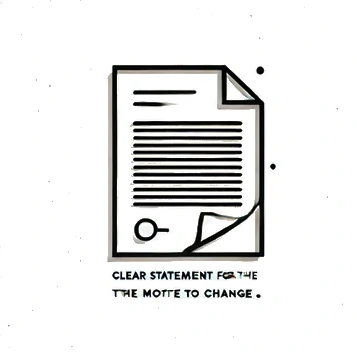
1. Clear Statement for the Motive to Change
Articulate the reasons and benefits of change clearly. For any change, a Business Case Analysis should be made. Not necessarily too formal or bureaucratic, but the expected outcomes and the viability of reaching them throw the change should always be understood.
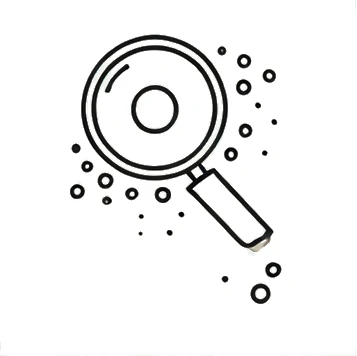
2. Understand the Current State
Assess the current situation thoroughly. Map processes, rules, and culture, and assess current KPIs or whatever you expect to change.

3. Identify the Gaps
Recognize the need for change by identifying existing gaps in the current state. A gap is a problem or an opportunity for improvement.
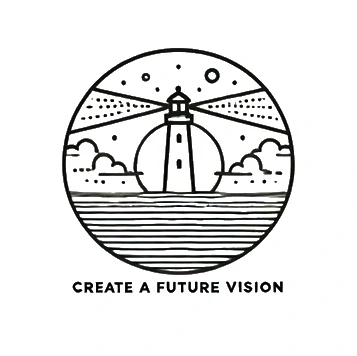
4. Create a Future Vision
Develop a compelling vision for the future, highlighting the gains for all stakeholders.
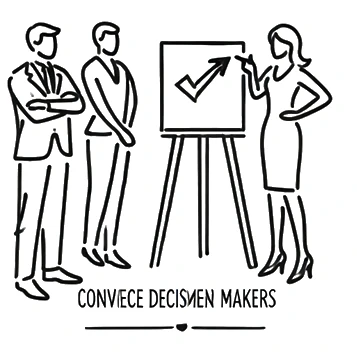
5. Convince Decision Makers
Do a stakeholder analysis and secure buy-in from key stakeholders.
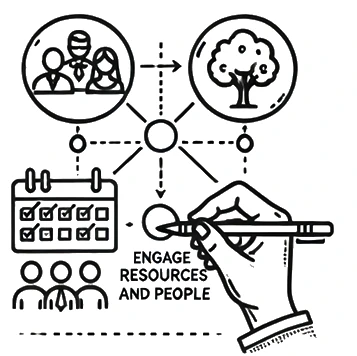
6. Engage Resources and People
Plan the change, manage risks, and remove possible obstacles with a focus not only on the team responsible for the change but on all related stakeholders that will be related to the future state. Experiments can help to test hypotheses and avoid higher risks.
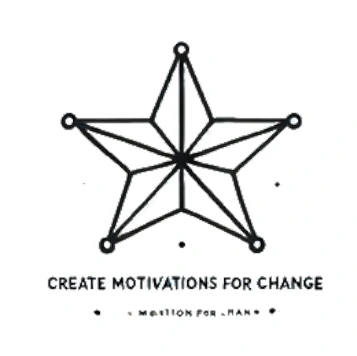
7. Create Motivations for Change
People must feel rewarded by embracing the change. Establish a clear list of benefits for all and promote it. Sometimes, you might introduce some obstacles for people who haven’t adopted the new way of doing things yet, making the current path harder to follow.
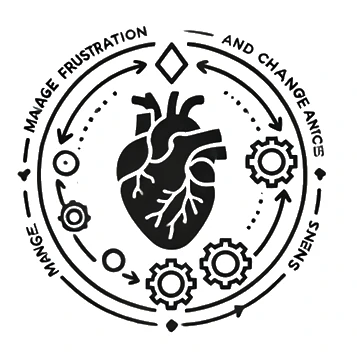
8. Manage Frustration and Change Agents
Support those driving change and manage frustration effectively. Targets and plans might need to be negotiated as change evolves.
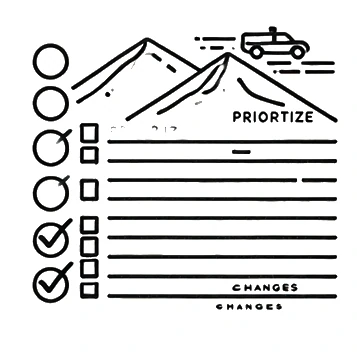
9. Prioritize Changes
Focus on the most critical changes first and be open to prioritizing often based on evidence and new information you get.
Note: The images for the framework were generated by Dall-e AI using ChatGPT 4o.
Conclusion
The FishBowl session at BA&Beyond was a testament to the power of collaborative discussion. By leveraging the collective wisdom of the participants, we were able to identify key challenges and develop a robust framework for embracing change. As Business Analysts, understanding and facilitating change is integral to our role. This session provided valuable insights and practical strategies that can help us make a more significant impact in our organizations.
This article captures the essence of our discussion and serves as a guide for BAs looking to navigate the complexities of change management. By embracing these insights and frameworks, we can drive meaningful and sustainable change in our respective fields.
About BA&Beyond

BA & Beyond is part of the IIBA Global Event Series events, as the official conference of IIBA Brussels Chapter and the IIBA Dutch Chapter.
The 2024 edition was executed in 4 different cities and 5 event days and The Brazilian BA participated in all those days with different presentations:
- 28 May — Copenhagen, Denmark
- 30 May — Amsterdam, The Netherlands
- 3 June — Leuven, Belgium
- 4 June — Leuven, Belgium
- 6 June — Luxembourg, Luxembourg

